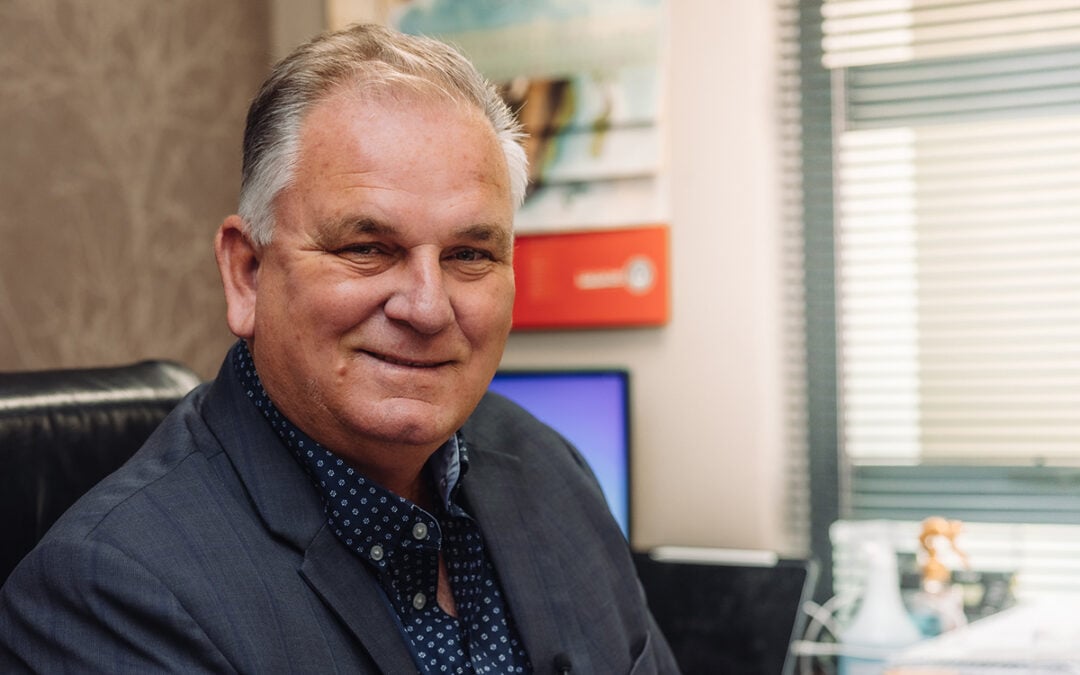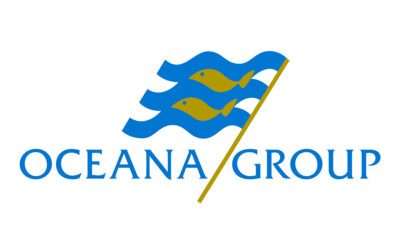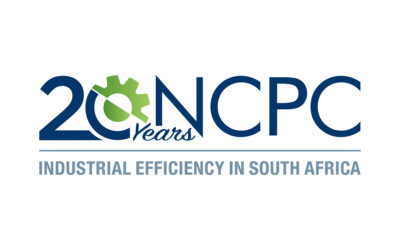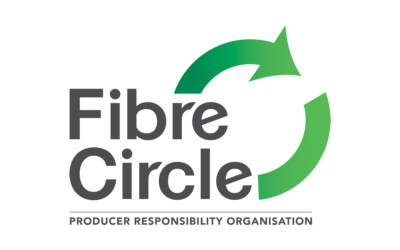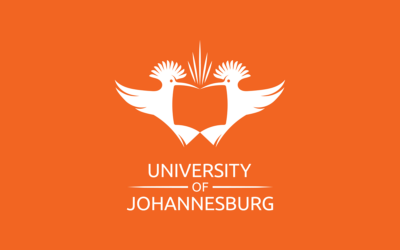Reinink is the founder of Solid Green, a successful green building consultancy that’s been involved in the Green Star certification of more than 130 buildings. She came to South Africa as an exchange student at the University of Pretoria in 2002 and returned for her master’s one year later. “I focused on sustainable school buildings in rural areas, in collaboration with the Council for Scientific and Industrial Research (CSIR) on 11 schools across the country,” she says. “I moved back to South Africa permanently in 2005 to work for the CSIR and enrolled for another master’s at Wits concerning energy efficiency labelling programmes for commercial buildings.”
In 2007, she joined Green by Design and in 2008, along with the Green Building Council of South Africa, worked on the first Green Star ratings in South Africa. She founded Solid Green in 2010, which now has a team of 17.
Reinink is also involved in the Living Building Challenge, the most aspirational certification for sustainable building. About 105% of the buildings’ annual energy consumption is generated on-site. They’re also net water, meaning they use rainwater, and wastewater is treated and reused.
She enjoys motivating the youth: “I teamed up with Michelle Ludwig to start a company called GreenED, in which we develop online content and courses that teach people in the industry about sustainability. We try to make it practical and interesting so the learning becomes fun and easy to apply. All our courses are freely available on our website.”
Marloes Reinink is involved in the Living Building Challenge, the most aspirational certification for sustainable building. About 105% of the buildings’ annual energy consumption is generated on site. They’re also net water, meaning they use rainwater, and wastewater is treated and reused.





